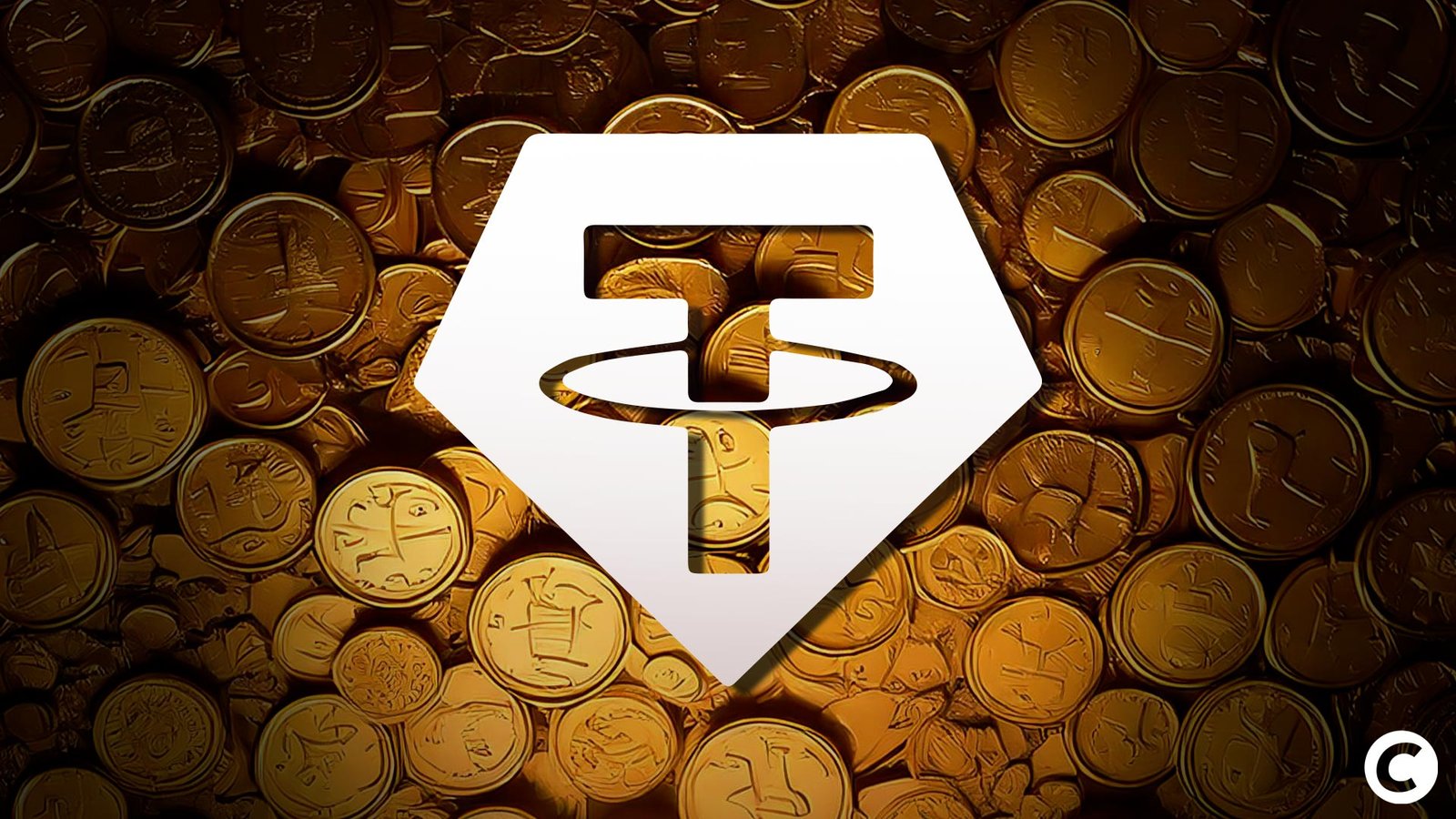Abu Dhabi Global Market (ADGM), the international financial center of Abu Dhabi, has just made an announcement that could very well be a game changer in the cryptocurrency world. The ADGM Financial Services Regulatory Authority has officially recognized Tether’s USDT stablecoins as an Accepted Virtual Asset (AVA). But what does this actually mean for the sector?
- The Abu Dhabi Global Market has officially recognized Tether’s USDT as an accepted virtual asset, enabling its integration into regulated financial ecosystems.
- The move is part of the UAE’s strategy to become a global digital financial hub, despite international concerns about the risks of stablecoins.
Recognition that opens the door to USDT
With this approval, licensed financial service providers under the ADGM can now offer USDT-related services. Obviously, this makes it easier to integrate the stablecoin into regulated financial ecosystems. And this is no small thing, especially when we know that USDT is already the largest stablecoin in the sector with a market capitalization exceeding $138 billion.
The move affects USDT issued on several blockchains, including Ethereum, Solana, and Avalanche. It is also part of the UAE’s strategy to become a global hub for digital finance.
“USDT is now an ADGM-accepted virtual asset, paving the way for even wider adoption of stablecoins in financial services. »
Source

Stablecoins: a bridge between two worlds?
ADGM’s decision reflects the growing role of stablecoins as a bridge between traditional finance and digital asset markets. By integrating USDT into its regulatory framework, ADGM strengthens its position as a financial center for innovation. But not everyone is so enthusiastic.
In the United States, the Financial Services Oversight Council (FSOC) recently warned of the risks that stablecoins pose to financial stability. According to the FSOC, the market is “highly concentrated” with a single company (Tether) holding around 70% of the “total market value of the industry”.
“Stablecoins pose a risk to financial stability due to the lack of robust risk management standards. »
ADGM sees USDT as a way to attract more investment and strengthen its place on the international stage. On the other hand, the FSOC is concerned about the systemic risks those same assets could pose.
So who is right? Maybe a bit of both. What is certain is that ADGM’s announcement marks an important step in the adoption of cryptocurrencies by mainstream financial institutions. How the rest of the world will regulate stablecoins remains to be seen.

